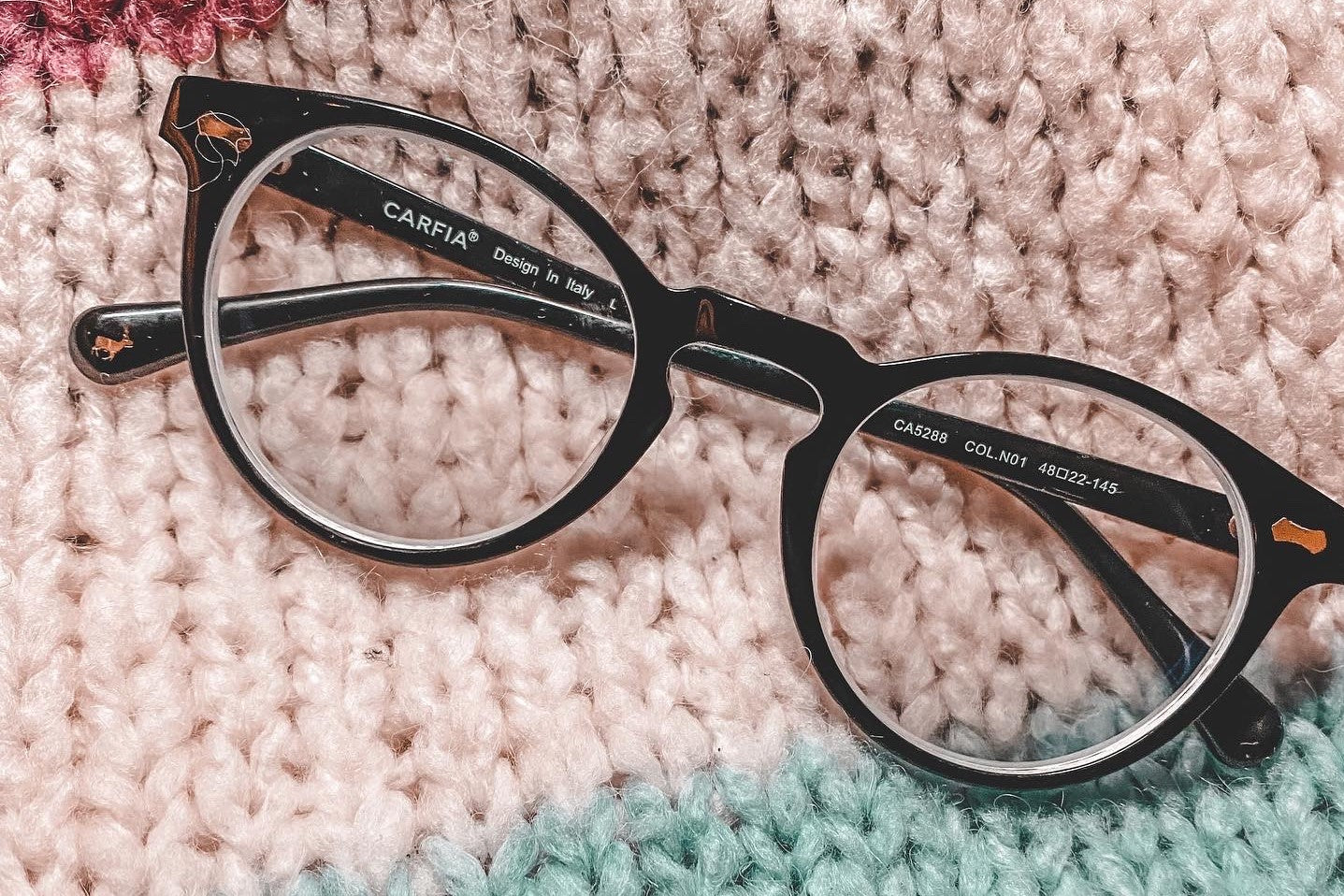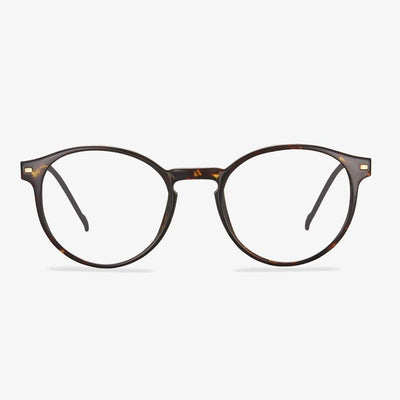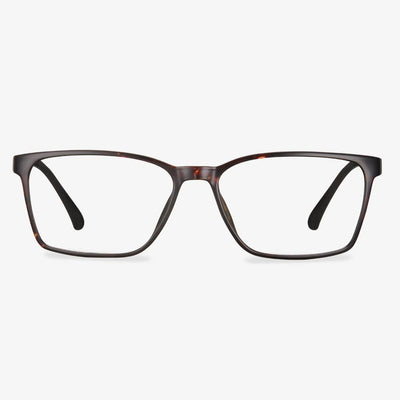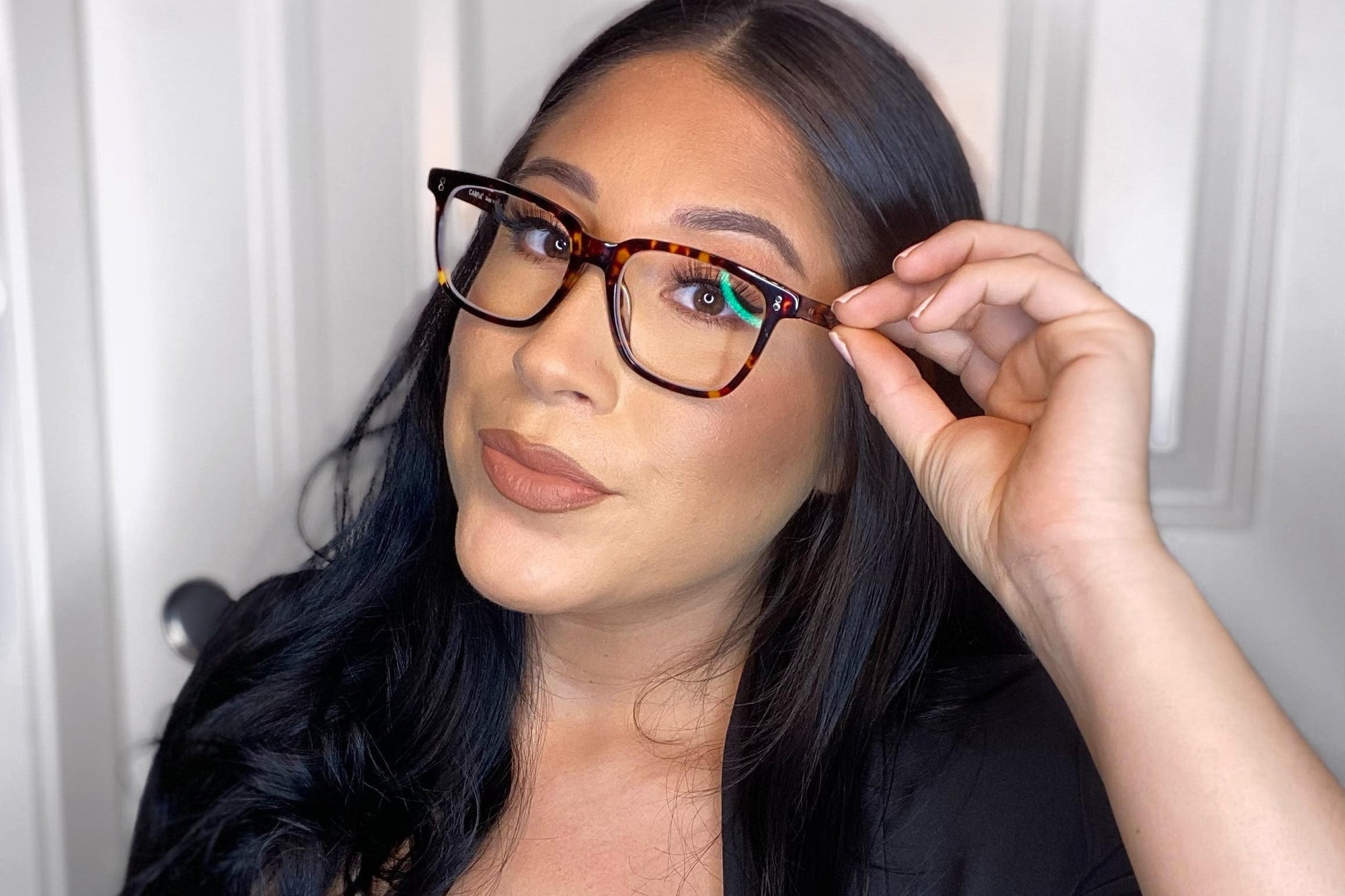The purpose of glasses donation activities.
Regular social donation activities should be carried out in a planned way. For the poor in the rural areas of the disaster area and the poor in the urban districts, donations of materials or funds can not only feel the warmth and humanistic care of society in life and material, quickly resuming production and rebuilding homes. It gives them a sense of psychological security and stability, which is more practical than physical help.
Design principle of progressive multifocal lens
For the same piece of the lens, the top is used to see far, the bottom is used to see close. The upper and lower degrees are different.
There is not a sudden change in the distance degree fixed above the lens to the near degree fixed below the lens, but a gradual transition between the two through gradual changes in refractive power, which has special benefits over common bifocals or trifocal lenses.
Tungsten Carbon Steel Spectacle Frame
Tungsten-carbon steel is an upgraded version of TR90. Its characteristics are basically lighter, softer, and higher in hardness than the original TR90. It is said to be the material softer than water, lighter than paper, and harder than steel. Tungsten-carbon materials are also called yellow materials in the glasses industry, and the terms of tungsten-carbon plastic are only for consumers because consumers do not know what they mean.
In terms of raw materials, titanium is the most expensive material, and the value of raw materials determines the final retail price of the glasses. The cost of tungsten carbon is slightly higher than the price of TR90 by about 20%, which is about the same as the value of low-end alloy glasses. The cost and value of pure titanium are 3 to 4 times that of TR90 and low-end alloy glasses, so the basic price difference between a pair of brand new pure titanium glasses and TR90 glasses is very large.
Material selection
General glasses material has plastic and metal two categories. Because the children's glasses degrees change faster, from the economic point of view, choosing plastic material is more affordable. And children love to move, they do not pay much attention to pick up and put on glasses. Choosing metal material is easy to distort, affecting the normal wearing. The material of the lens should be light and thin. The transmittance and refractive index should be high, and it should be wear-resistant and not easy to break.
How Do Progressive Lenses Work?
So, how do progressive glasses work? Progressive lenses allow you to see at all distances with one pair of glasses. They start with your distance prescriptions at the top of the lens and increase as you move toward the bottom of the lens. You can move your head position to allow you to focus through different areas of the lens.
Move your head upwards to see something in the distance, and hold it straight for intermediate or arm’s length vision and down for near vision for objects that are close up. Apart from the aesthetic improvement of the lens without the line segments, progressive lenses avoid the visual discontinuity or image-jump when your eyes shift from one zone to the other in non-progressive multifocals.
Sunglasses for Fishing under $50 - Beishidun
The price is more favorable, and the function can be adjusted according to the strength of the sun's light. On sunny days, they can filter glare, protect the eyes from light stimulation. When they are worn on cloudy days, the lenses will lighten according to the light, preventing dimness of vision. ?And wearing comfort is also good. Traveling, climbing, driving, and so on can be used. ?As an emerging brand in recent years, the current user's popularity in the market is not small. In the design and functionality, they can meet the public, and at the same time, the cost performance is good.
Are children optometry matched with glasses the same as adults?
The optometry of children is one of the main works of optometry. Compared with adult optometry and glasses, children's optometry and glasses have both commonness and particularity. It is an area at the intersection of pediatric ophthalmology, pediatric optometry, and optometry. It requires the operator not only to have the knowledge of ophthalmology but to have the basis of children's ophthalmology and children's optometry. And they should be an optometry expert. Dealing with children's refractive problems is as much an art as a technique.











































